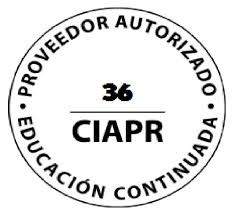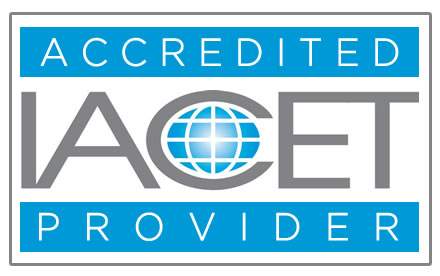8T- Ground Source Heat Pump Project Analysis
Maintaining a comfortable temperature inside a building can require a significant amount of energy. Separate heating and cooling systems are often used to maintain the desired air temperature, and the energy required to operate these systems
Overview
Maintaining a comfortable temperature inside a building can require a significant amount of energy. Separate heating and cooling systems are often used to maintain the desired air temperature, and the energy required to operate these systems
generally comes from electricity, fossil fuels, or biomass. Considering that 46% of sun’s energy is absorbed by the earth, another option is to use this abundant energy to heat and cool a building. A heat pump is used to concentrate or upgrade this free heat energy from the ground before distributing it in a building through conventional ducts. It operates much as a refrigerator or conventional air conditioning system in that it relies on an external source of energy - typically electricity - to concentrate the heat and shift the temperature.
Installation and exploitation of the ground source heat pump (GSHP) system requires carefully technical planning and financial evaluation. This course describes several systems currently in use and methods method used to estimate of building loads. Combining weather and building data enables the calculation of building loads for each temperature bin. With the GSHP related data, it then becomes possible to evaluate the actual heat pump performance and capacity for each temperature bin, and finally calculate the yearly performance of the GSHP system assessed. This course is suitable for engineers with a desire to understand the fundamentals of GSHP system and issues related to their technical and financial implementation and exploitation. Upon successful completion engineers will be able to address GSHP terms, methods of operation and how to set up detailed technical and financial GSHP model.
| Learning Objectives | Specific Knowledge or Skill Obtained
To receive PDH credit for this course, the student must pass a multiple-choice quiz consisting of 40 questions. writer.editor.GO_TO_TOPwriter.editor.GO_TO_BOTTOM |
|---|---|
| Contact Hours | 8 Horas |
| CIAPR courses | CURSO TECHNICO |
| Instructor | Velimir |
| Devices | Desktop, Tablet, Mobile |
| Language | English |

IACET ACCREDITED PROVIDER
|
Self Learning Solutions LLC is a company with more than 14 years of experience in this market. At Self Learning Solutions we are proud to have obtained the IACET accreditation for our organization, along with the approvals necessary to market our products throughout the United States. Self Learning Solutions is accredited by the International Association for Continuing Education and Training (IACET). Self Learning Solutions complies with the ANSI / IACET standard, which is recognized internationally as a standard of excellence in instructional practices. As a result of this accreditation, Self Learning Solutions is accredited to issue the CEU IACET. |
SLSTECH System Requirements
To run our system effectively you should, as a minimum, use the system components listed on this page. If you do not, the system may still work but some functionality may be lost. Workplace IT environments' internal configurations can also restrict the functionality of our system. Access to content may be affected, as may the possibility of uploading files. File size limitations may also apply. Workplaces may also have older versions of software, and our system may not perform well with these.
Operating system
-
Recommended: Windows 7, 10, Mac OSX Sierra, iPad IOS10
Internet speed
-
Use a broadband connection (256 Kbit/sec or faster—this will ensure that you can view videos and online presentations) through USB wireless modem, ADSL, T1/T2, fibre optic or cable.
-
Dial-up access will be significantly slower, and we do not recommend it for using our system.
Internet browsers
Compatible browsers include:
-
Google Chrome 32 bit version 50 or later (recommended for optimal compatibility, this has been thoroughly tested on Windows)
Safari 10 or later (recommended for optimal compatibility, this has been thoroughly tested on Mac)
Note that add-ons and toolbars can affect any browser's performance.
-
MS Internet Explorer is not recommended
Settings
We recommend that the following be enabled:
-
Cookies
-
Pop-ups (in both Internet browser and security software)
-
Javascript
-
We recommend that you use the latest version of Adobe Flash Player.
Software
-
We recommend that you use the latest version of Adobe Acrobat Reader.
-
To view all the resources uploaded to Hazmat Authority, you will probably need to have Microsoft Office (Word, Excel, PowerPoint) or an equivalent (e.g. Open Office, Viewer) installed.
Security
With all firewalls, ensure that you enable uploading of files.














Validate your login
Sign In
Create New Account